What are the legal requirements for selling latex balloons in my region?
Are you feeling overwhelmed by the maze of regulations for selling latex balloons? The pressure to ensure compliance and avoid costly penalties can be a real headache. My goal is to make moments colorful through balloons.
Navigating the legal landscape for latex balloon sales involves understanding local, regional, and national regulations. Key requirements often include product safety standards1s](https://www.cpsc.gov/Business--Manufacturing/Business-Education/Toy-Safety)[^2], labeling laws2, and sometimes specific permits for retail operations3. Compliance is essential for both consumer safety and business legality.
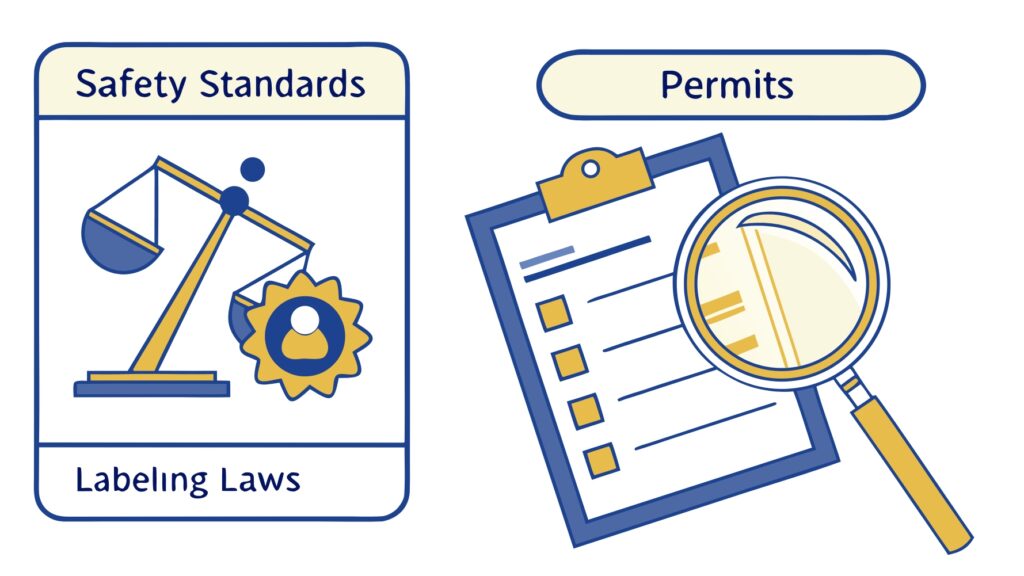
Navigating the various regulations for selling products, especially something as common as balloons, can feel like a daunting task. I've been in the balloon industry for over a decade, and I've seen firsthand how crucial it is to get this right. It's not just about avoiding fines; it's about building trust with your customers and ensuring the safety of those who enjoy your products.
What are the regulations for balloon sales in my local area?
Do you know if your local area has specific regulations for balloon sales? Trying to sift through all the city ordinances and state laws can be confusing and time-consuming.
Understanding local regulations for balloon sales is often the first step in ensuring compliance. These can vary significantly from one city or county to another.
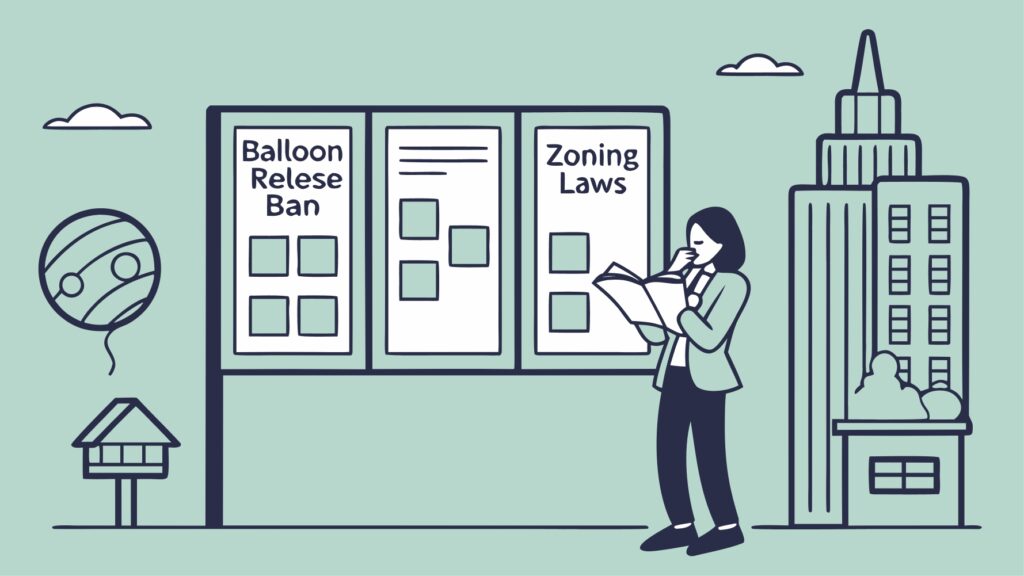
When I first started in this business, I realized quickly that local rules are not one-size-fits-all. What's allowed in one town might be restricted in another. For example, some municipalities have bans on releasing balloons into the air due to environmental concerns. Others might have specific zoning laws4 that dictate where you can operate a retail business selling balloons.
Different jurisdictions enforce specific rules for selling latex balloons. These rules often focus on consumer protection and environmental impact5. My experience has shown me that researching these local laws is a must. They sometimes cover aspects like business permits6, sales tax collection7, and even the disposal of used products. Some state consumer protection laws8 might also address how product information9 must be displayed. This ensures that buyers are well-informed.
Here is a breakdown of common areas in local regulations:
| Category | Typical Focus | Examples |
|---|---|---|
| Business Licensing | General permission to operate. | Retail business permit, vendor license. |
| Zoning Laws | Where can you operate your business. | Commercial zones, retail districts. |
| Sales Tax | Collection and remittance of sales taxes. | State or local sales tax registration. |
| Environmental Rules | Impact on the environment. | Balloon release bans, disposal guidelines10. |
| Signage Regulations | Rules for displaying business signs. | Size limits, placement restrictions. |
| Health & Safety Codes | General safety in a retail environment. | Fire safety inspections, aisle clearance. |
| Consumer Protection | Protecting customer rights. | Return policies, accurate product descriptions. |
I advise checking with your city or county clerk's office. Their websites usually have clear guides on business regulations.
Are there specific permits required for selling latex balloons regionally?
Are you sure you have all the necessary permits to sell latex balloons in your region? It can be frustrating to discover you've missed a critical permit.
Regional permits are often required at the state or provincial level. They can apply to various aspects of your business operations.
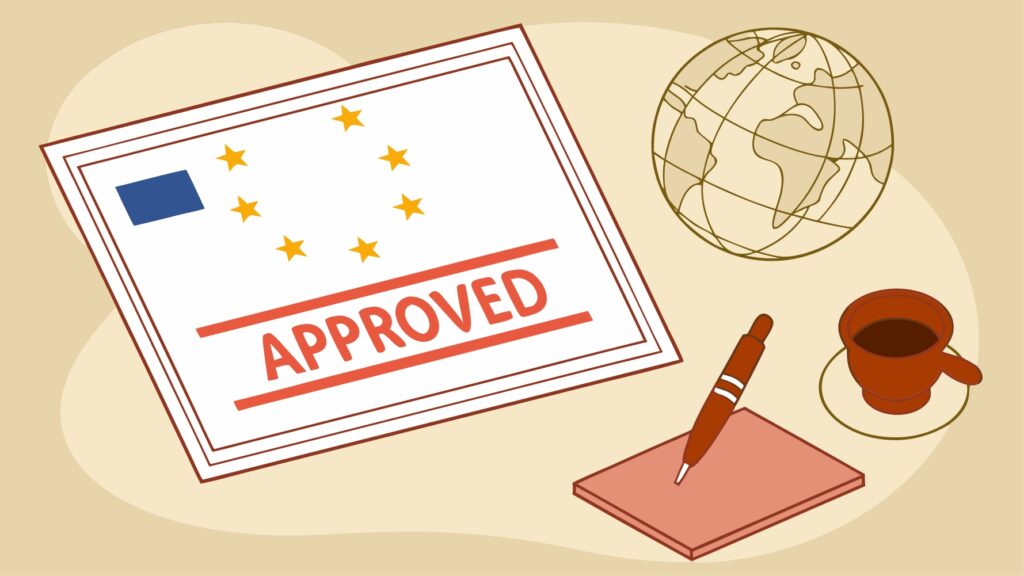
From my perspective, dealing with regional permits sometimes feels like another layer of complexity layered on top of local rules. However, I know from working with international retailers that these permits are often crucial for legal operation across broader areas. In the US, for instance, a state might require a general business license or specific permits for selling certain types of goods. In Europe, while not strictly a 'permit' in the same way, adherence to directives like REACH is essential, and this acts like a regional permit to sell within the EU market.
Often, specific permits are required for selling products like balloons, especially at a regional level. These permits can pertain to consumer product safety, importing goods, or even specific material handling. For example, in many U.S. states, a general "seller's permit" or "resale certificate" is needed to collect sales tax. Beyond that, if you are importing balloons from another country, you may need to comply with specific import regulations11 that act as another layer of regional authorization. My experience collaborating with GlobalMart has highlighted the importance of these regional clearances. They ensure products move smoothly across borders and within larger economic zones like the EU, where CE certification12 acts as a region-wide product passport.
Here is a look at permits that might be required at a regional level:
| Permit Type | Purpose | Examples |
|---|---|---|
| Seller's Permit | To collect and remit sales tax. | Required by state tax authorities. |
| Business License | General permission to operate a business. | State-level business registration. |
| Import Licenses | To bring goods into the country/region. | Customs declarations, specific product import permits. |
| Product Safety | Ensuring products meet safety standards. | Compliance with regional safety directives (e.g., CE marking in Europe, ASTM in the US). |
| Environmental | Managing environmental impact5. | Permits for waste disposal, material restrictions (e.g., California's Prop 65). |
| Hazardous Materials | Handling potentially hazardous materials. | Less common for balloons, but might apply if specific gases are sold alongside them. |
| Wholesale License | To sell products to other businesses for resale. | Required in some states for B2B transactions. |
Always check with your state's Secretary of State office or relevant business registration agency.
What safety standards must latex balloons meet for retail in my jurisdiction?
Are you uncertain about the specific safety standards your latex balloons must meet for retail in your jurisdiction? Missing these standards could lead to product recalls.
Latex balloons, like all consumer products, must adhere to specific safety standards. These standards protect consumers from potential hazards.
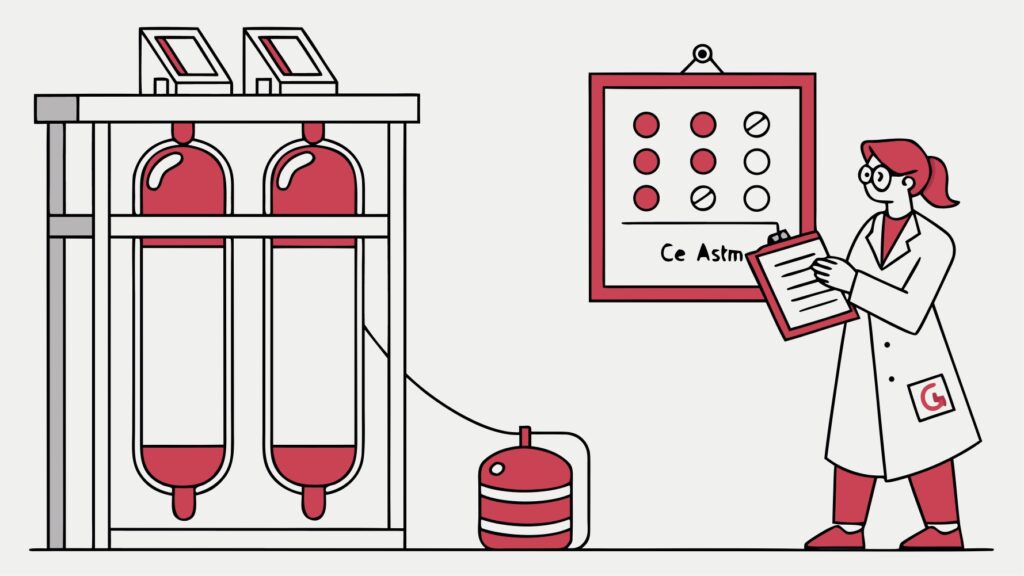
Ensuring our balloons meet safety standards is something I take very seriously at AIHUA BALLOON. When Vincent leads discussions on product development, safety is always at the forefront. We've spent years making sure our products meet global safety benchmarks. For example, in Europe, CE certification is crucial. This means our balloons comply with the EU's safety, health, and environmental protection requirements. In the U.S., the ASTM F96313 standard is the go-to for toy safety, which includes balloons. And in China, the GB6675 standard is our guide.
Complying with safety standards is a non-negotiable part of selling latex balloons. Different regions have different benchmarks. For example, in the European Union, products must carry the CE mark. This indicates conformity with health, safety, and environmental protection standards. For the US market, especially for balloons intended for children, compliance with ASTM F963 (Standard Consumer Safety Specification for Toy Safety) is often expected. This covers aspects like choking hazards and flammability. In China, the GB6675 standard ensures toy safety. It is important to look beyond just these major certifications, though. It’s also about ensuring proper labeling, providing choking hazard warnings14 for children under the age of eight, and including clear instructions for use and disposal. My team at AIHUA BALLOON works hard to ensure we comply with all these varied international standards, giving our partners confidence in our product quality and reliability.
Here is a snapshot of key safety standards by region:
| Region | Key Standards/Certifications | Focus |
|---|---|---|
| Europe | CE Marking, EN 71 | General product safety, chemical composition, flammability, mechanical and physical properties of toys. |
| USA | ASTM F963, CPSIA | Toy safety specification, lead content, phthalates, choking hazards, flammability. |
| China | GB6675 | National standard for toy safety, similar to international standards in scope. |
| Canada | Canada Consumer Product Safety Act | General safety requirements, choking hazard warnings, lead and phthalate limits. |
| Australia | AS/NZS ISO 8124 | Toy safety, general requirements, migration of certain elements, flammability, mechanical and physical properties. |
| Global | ISO 9001, Sedex | Quality management systems and ethical supply chain practices. |
Make these standards a core part of your quality control process.
How do local consumer protection laws8 apply to balloon product sales?
Are you clear on how local consumer protection laws apply to your balloon sales? Missteps here can damage your reputation.
Local consumer protection laws aim to ensure fair business practices and safeguard consumer rights. These laws apply directly to how you sell your balloon products.
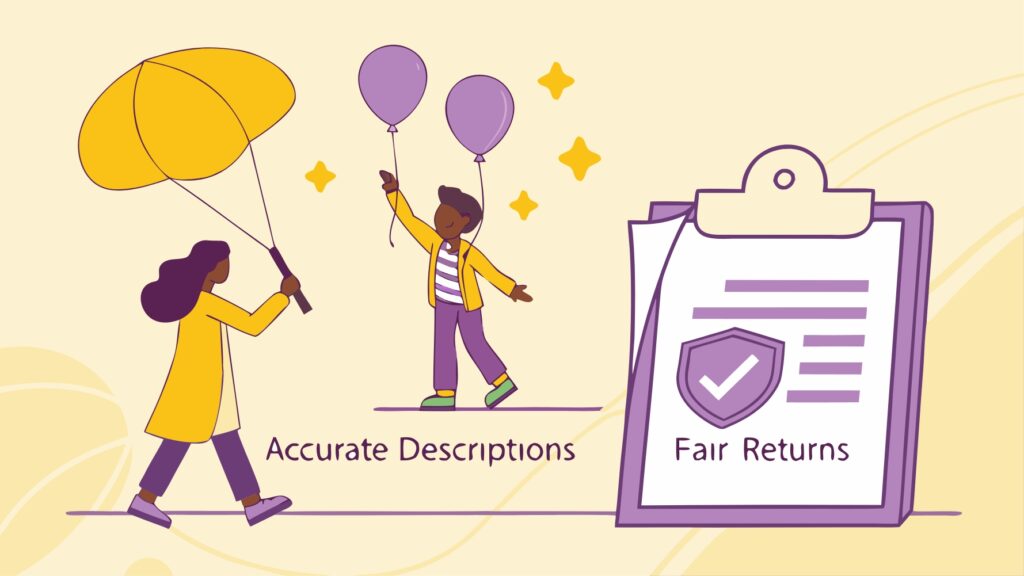
From my years in business, I can tell you that consumer protection is more than just a legal compliance issue; it is a foundation of trust. Vincent often emphasizes that building strong partnerships with retailers like GlobalMart depends on our commitment to quality and transparency. These partnerships are built on reliability in our supply chain. Consumer protection laws affect everything from the accuracy of our product descriptions to how we handle customer complaints.
Consumer protection laws are essential for any business, including those selling balloons. These laws vary by region but generally cover several key areas. They often require accurate product descriptions, making sure that what you advertise is what the customer gets. This includes details like material composition, size, and intended use. Misleading advertising can lead to severe fines and loss of trust. Furthermore, these laws dictate how businesses handle warranties, returns, and refunds. For example, in some regions, customers have a legal right to return faulty products within a specific timeframe. My team ensures that all our product information9 is clear and precise, outlining potential choking hazards for children and proper inflation instructions. This transparency is crucial for ensuring compliance and building customer confidence, something Sarah Chen at GlobalMart particularly values in her procurement choices.
Here’s a summary of key areas within consumer protection laws:
| Area | Description | Examples |
|---|---|---|
| Accurate Advertising | Products must be as described. | No false claims about biodegradability, accurate size/color representations. |
| Product Safety | Products must be safe for intended use. | Clear warnings about choking hazards, proper age recommendations. |
| Warranties/Guarantees | Obligations regarding product durability and function. | Implied warranties of merchantability, explicit guarantees. |
| Returns & Refunds | Rules for accepting returns and issuing refunds. | Statutory rights to return defective goods, fair return policies15. |
| Privacy Protection | How customer data is collected and used. | Compliance with GDPR (Europe), CCPA (California), etc. |
| Fair Pricing | Prevention of price gouging or discriminatory pricing. | Laws against artificially inflated prices during emergencies, equal pricing. |
| Dispute Resolution | Mechanisms for resolving customer complaints. | Requirements for customer service responsiveness, small claims court access. |
Always prioritize clear communication and fair practices.
Conclusion
Understanding and complying with local, regional, and national legal requirements for selling latex balloons is essential. It protects your business, builds consumer trust, and ensures product safety. Prioritize continuous learning and adaptation to regulatory changes.
-
Learn about the essential product safety standards that latex balloons must meet to protect consumers and avoid legal issues. ↩
-
Discover the labeling laws that apply to latex balloons to ensure your products are compliant and informative for consumers. ↩
-
Find out the regulations that govern retail operations for selling balloons, ensuring your business is compliant. ↩
-
Understand how zoning laws can impact where you can sell balloons, ensuring your business operates legally. ↩
-
Explore the environmental regulations that affect the sale of latex balloons, helping you operate sustainably. ↩ ↩
-
Find out what business permits you need to legally sell latex balloons in your area and avoid costly penalties. ↩
-
Get insights into the sales tax collection requirements for selling balloons to ensure compliance with local laws. ↩
-
Learn how consumer protection laws impact your balloon sales, ensuring fair practices and customer trust. ↩ ↩
-
Learn about the required product information for latex balloons to ensure transparency and compliance. ↩ ↩
-
Learn about the disposal guidelines for latex balloons to ensure environmentally responsible practices. ↩
-
Understand the import regulations that may apply if you're selling imported latex balloons, ensuring compliance. ↩
-
Learn about CE certification and its importance for selling latex balloons in the European market. ↩
-
Explore ASTM F963 and its relevance to safety standards for latex balloons sold in the U.S. ↩
-
Find out the choking hazard warnings that must be included with latex balloons to protect consumers. ↩
-
Understand the return policies that you need to implement for selling latex balloons to comply with consumer laws. ↩
